|
This image was created with the tripod-mounted Canon EF 200-400mm f/4L IS USM Lens with Internal 1.4x Extender (with the internal TC in place at 467mm) and the Canon EOS-1D X. ISO 400. Evaluative metering +1/3 stop as framed in Manual Mode. Central sensor/AI Servo/Rear Focus on the purple flowers and re-compose. Click here if you missed the Rear Focus Tutorial. Click on the image to see a larger version. |
Just So You Know I/Windblown II
During the Mini-Flower Seminar that denise Ippoltio and I did in conjunction with the Swan Island Dahlia Farm IPT, we noticed that over time my laptop had developed a large red cast. Many of denise’s high key flower images with pure white backgrounds looked fine on the screen but looked downright pink on my laptop. When I got home I calibrated my laptop with the Gregtag Macbeth Eye-One Match 3 device that I had used regularly for years but had been neglecting recently… That device is no longer being produced but you can find a good one here.
As posted originally in September 16, 2013 blog post here, the image above was a bit too dark and too BLUE, with too much BLUE in the GREENs. Once my laptop was re-calibrated I re-worked the image as denise suggested and removed the dust spots as suggested by Doug West.
Just So You Know
Just so you know, the exposure was 15 seconds at f/45; I told you that it was dark! Just so you know, the image above is one of my all-time favorite Family Jewels images.
Just So You Know/Digital Exposure
In the same blog post (here) I asked, referring to the two pink, single dahlia bloom images, one made in soft early morning light, the other made with the flower diffused and the background sunlit:
In the sunlit image, how did I know before I pressed the shutter button to add 2/3 stop of light to the exposure?
Why did I need to add 2 1/3 stops of light when I shaded the flower?
As far as the first question, “In the sunlit image, how did I know before I pressed the shutter button to add 2/3 stop of light to the exposure?,” nobody who answered understood the concepts:
When the sun is bright, the camera is pretty smart. When the light is soft or when it is cloudy, the meters are dumb. The lighter the overall tonality of the image and the softer the light, the dumber the camera’s meter is.
Looking at the first flower image, the one lit by the sun, my thinking went like this: I have a light-toned subject set against a middle-toned background. In full sun the metered exposure would be perfect for Canon cameras, perhaps -1/3 stop for Nikon cameras. But, it was not full sun, it was soft, early light. So I added 2/3 stop of light to the exposure and nailed the histogram on my first attempt.
Considering the second flower image, the one with the flower shaded by a large diffuser and the background still it by the sun, Doug Schurman had a pretty good handle on things when he wrote, “In the second photo now the flower has less light but your diffuser is only affecting the flower and not the background. As a result now the background has become brighter relative to the flower. This makes the meter over correct on exposure even more than the first. So you have to add even more light to get the flower to come out correctly.
Since the background was not affected by the diffuser it comes out much brighter in the second photo.”
He did not, however, factor in or mention the soft light. Had the image been created in harsh light, at 10:00am for example, it would not have been possible to get a good exposure on the background without burning out (over-exposing) the background.
APB II Free Excerpt
Here is a free excerpt from The Art of Bird Photography II (ABP II) that covers the basics noted above:
With digital photography taking the world by storm, the need for photographers to have a complete understanding of exposure theory—as they did when using color slide film—no longer exists. They can simply make an image, check and evaluate the resulting histogram, adjust the exposure if need be, and then produce perfect exposure after perfect exposure as long as the light level remains constant. The only problem with that plan occurs when you are faced with a once-in-a-lifetime situation that lasts only a few seconds. When you have only one chance to get it right, you had best get it right. In addition, if you do blow the highlights you may lose a great pose here and there before you get the exposure right. And if you underexpose considerably for whatever reason you increase digital noise and greatly reduce the amount of color information contained in your files. To make things easier for everyone, I have revamped and simplified my method of teaching exposure on IPTs and at seminars. If you would like to gain a complete understanding of exposure theory—and I recommend that all serious photographers do just that—please see Chapter Three in The Art of Bird Photography: The Complete Guide to Professional Field Techniques.
Exposure Simplified
Here are the basics:
Get in the habit of working in Av mode and adjusting the exposure suggested by your camera’s evaluative or matrix meter reading by dialing in exposure compensation. If the background tonality is changing constantly, learn to work in Manual Mode and to adjust your exposure via the analog exposure scale in the viewfinder. By doing so and then checking the histogram, you will always have the correct exposure for the subject regardless of the tonality of the background (as long as the light level remains constant). When the sun is at full strength, that is, on a clear day at least an hour after sunrise or at least an hour before sunset, your camera’s evaluative or matrix meter is smart. It is rare in these conditions that you will need to compensate more than 1/3 stop in either direction. When you are working in the shade, or when it is cloudy or overcast, or when the sun is at less than full strength, then your camera’s evaluative or matrix meter is dumb. You will need to help it out in order to get the exposure that you want. The closer your scene is to white, the more you will need to help the meter by adding light to the suggested exposure.
1. If the sun is at full strength and what you see in your viewfinder averages to a middle-tone or lighter and there are no white or bright highlights, you can use the metered exposure.
2. If the sun is at full strength and what you see in your viewfinder averages to darker than a middle-tone and there are no white or bright highlights, you can use the metered exposure less 1/3 stop.
3. If there are bright or white highlights in #1 or # 2, use 1/3 stop less light than recommended above.
4. If you are working in the shade, if it is cloudy or overcast, or if the sun is at less than full strength and what you see in the viewfinder averages to a middletone, the best exposure will always be either the metered exposure or the metered exposure + 1/3 stop.
5. If you are working in the shade, if it is cloudy or overcast, or if the sun is at less than full strength and what you see in the viewfinder averages to lighter than a middle-tone, you will need to add light to the metered exposure to come up with a pleasing exposure. The lighter the scene, the more light you need to add. For scenes a bit lighter than a middle tone, add 2/3 stop of light. For images well brighter than a middle tone, add 1 full stop of light. For images that average to white, add 1 1/3 stops of light. In white-out conditions add 2 full stops of light.
6. If you are working in the shade, if it is cloudy or overcast, or if the sun is at less than full strength and what you see in the viewfinder averages to darker than a middle-tone, use the metered exposure if there are no bright or white highlights. With bright or white highlights, use -1/3 stop. Because of the wordy qualifications that needed to be included above, the principles may seem more complex than they really are. To simplify things even further, consider the following:
Situation #1- Sun at full strength, middle tone or brighter: 0.
Situation #2- Sun at full strength, darker than a middle tone: -1/3.
Situation #3- Sun at full strength, bright highlights against a middle-toned background: -1/3; against a dark background: -2/3.
Situation #4- Sun at less than full strength: 0 or +1/3.
Situation #5- Sun at less than full strength, lighter than a middle tone: +2/3. Sun at less than full strength, well brighter than a middle tone: +1. Sun at less than full strength, white: +1 1/3. White-out conditions: +2.
Situation #6- Sun at less than full strength, darker than a middle-tone: 0.
In the 39 examples that follow, we shall walk you through the reasoning for each exposure choice. By studying these examples and the captions that accompany each of the images, you can learn to apply this rather simple system quickly and easily.
Note: everything above applies to most Canon digital camera bodies. Most Nikon digital camera bodies will–on average–need 1/3 stop less light across the board and often 2/3 of a stop or more less light in Situation #3.
The Art of Bird Photography II (ABP II on CD only: 916 pages, 900+ images each with our legendary BAA educational captions) is the digital follow-up to the classic The Art of Bird Photography: The Complete Guide to Professional Field Techniques. . Aside from the invaluable information on exposure and histograms, there is a wealth of info on a variety of additional topics germane to your photography. Those include a chapter on Advanced Composition and Image Design, an “It Ain’t Just Birds” “section, a Flash Simplified section, a chapter on Advanced Sharpness Techniques & Creating Pleasing Blurs, and a “Practicalities” chapter that includes a detailed section on setting up your backyard for bird photography as well as sections on photographing on safari and on the tundra.
You can save $10 by ordering the two book bundle here.
|
Card design by & all images courtesy of and copyright 2013: Denise Ippolito. |
Camargue & Provence France IPT: June 25- July 2nd, 2014/6 1/2 days of photography: $6995 (Limit: 10 photographers)
Co-leaders: Arthur Morris & Denise Ippolito. Though it is expected to fill quickly, this workshop needs a minimum of 6 to run.
The centerpiece of this workshop will be four sessions photographing the beautiful Camargue horses mostly running in the water or on the beach. There is a wonderful natural bird park in Camargue where we will photograph flamingos and other birds for four evenings in the usually gorgeous light. The flamingos fly in to feed each evening and we should have multiple opportunities to capture images of them in flight.
After our first four magical days we will visit several different and interesting locations sites during the trip and will spend part of a day at the market in Arles. An evening shoot in Avignon to photograph the bridge and the magical blue sky should be exciting! In addition, the lavender fields should be at peak bloom during our stay with fields of poppies everywhere as we make our way to the lavender fields. This is a wonderful opportunity to combine travel photography with stallions, birds, flowers, and lots more.
Click here for complete details and schedule.
Photographic Society of Chattanooga Seminar
Scroll down here for details on the Saturday seminar that Denise Ippolito and yours truly are doing in Chattanooga on October 12, 2013 and the follow-up Old Car City In-the-Field Workshop. Blog folks who sign up for both are invited to join us at a secret Urbex location in Atlanta on Friday morning October 11. Feel free to e-mail me for details after you are registered for both.
|
Snow Goose composite, Bosque del Apache NWR, San Antonio, NM. Click on the image for a larger version. |
Bosque del Apache 2013 IPT: “The Complete Bosque Experience.” NOV 26-DEC 2, 2013. 7-FULL DAYS: $3399. Co-leader: Denise Ippolito. Introductory Slide program: 6:30 pm on 11/25. Limit: 12.
Tens of thousand of Snow Geese, 10,000 Sandhill Cranes, ducks including point-blank American Wigeon and Wood Duck, amazing sunrises, sunsets, and blast-offs. Live, eat, and breathe photography with one of (if not the) world’s premier photographic educators at one of his very favorite locations on the planet. Top-notch Photoshop instruction. This will make 19 consecutive Novembers at Bosque for me. Nobody knows the place better than I do. Join us to learn to think like a pro, to recognize situations and to anticipate them based on the weather, especially the sky conditions, the light, and the wind direction. Every time we make a move we will let you know why. When you head home applying what you learned will prove to be invaluable. Includes all lunches and the Thanksgiving Buffet at the Crowne Plaza in Albuquerque. I hope that you can join me for what will be an unparalleled learning experience.
A $500 non-refundable deposit is required to hold your slot for this IPT. Your balance is due 4 months before the date of the IPT and is also non-refundable. If the trip fills, we will be glad to apply a credit applicable to a future IPT for the full amount less a $100 processing fee. If we do not receive your check for the balance on or before the due date we will try to fill your spot from the waiting list. If your spot is filled, you will lose your deposit. If not, you can secure your spot by paying your balance.
Please print, complete, and sign the form that is linked to here and shoot it to us along with your deposit check (made out to “Arthur Morris.”) You can also leave your deposit with a credit card by calling the office at 863-692-0906. If you register by phone, please print, complete and sign the form as noted above and either mail it to us or e-mail the scan. If you have any questions, please feel free to contact me via e-mail.
|
Images copyright 2012: Denise Ippoltio & Arthur Morris. Card design by Denise Ippolito. Click on the image to enjoy a spectacular larger version. |
Holland 2014 7 1/2-Day/8-Night: A Creative Adventure/BIRDS AS ART/Tulips & A Touch of Holland IPT. April 17-April 24, 2014 :$4995 Limit: 12 photographers/Openings 9
This trip needs 8 registrants to run so please do not purchase your plane tickets until you hear from us; right now we need 5 more folks.
Join Denise Ippolito, Flower Queen and the author of “Bloomin’ Ideas,” and Arthur Morris, Canon Explorer of Light Emeritus and one of the planet’s premier photographic educators for a great trip to Holland in mid-April 2014. Day 1 of the IPT will be April 17, 2014. We will have a short afternoon get-together and then our first photographic session at the justly-famed Keukenhof. Most days we will return to the hotel for lunch, image sharing and a break. On Day 8, April 24, we will enjoy both morning and afternoon photography sessions.
The primary subjects will be tulips and orchids at Keukenhof and the spectacularly amazing tulip, hyacinth, and daffodil bulb fields around Lisse. In addition we will spend one full day in Amsterdam. There will be optional visits the Van Gogh Museum in the morning and the Anne Frank House in the afternoon; there will be plenty of time for street photography as well. And some great food. On another day we will have a wonderful early dinner at Kinderdijk and then head out with our gear to photograph the windmills and possibly some birds for those who bring their longs lenses. We will spend an afternoon in the lovely Dutch town of Edam where we will do some street photography and enjoy a superb dinner. All lodging, ground transportation, entry fees, and meals (from dinner on Day 1 through dinner on Day 8) are included.
For those who will be bringing a big lens we will likely have an optional bird photography afternoon or two. If we get lucky, the big attraction should be gorgeous Purple Herons in flight at a breeding marsh. We would be photographing them from the roadside. And we might be able to find a few Great-crested Grebes at a location near Keukenhof.
Click here for complete details and some previously unpublished images. And/or click here and see item one for lots more tulip photos and complete trip details.
Click here for complete details and some previously unpublished images. And/or click here and see item one for lots more tulip photos and complete trip details.
|
Images courtesy of and copyright 2012: Bill Mueller. Card design by Denise Ippolito. |
Old Car City Creative Photography In-the-Field HDR Workshop: Sunday, October 13, 2013/ 9am till 1pm.
White, Georgia: $250 plus a $15 entrance fee donation (cash only on the day of the event) that will go to charity. Limit: 16 photographers.
On October 13, 2013, Arthur Morris/BIRDS AS ART and Denise Ippolito/A Creative Adventure will be conducting an In-the-Field HDR Workshop at Old Car City in White, Georgia. Old Car City is about an hour north of Atlanta, GA and an hour south of Chattanooga, TN where they will, as noted above, be doing a full day seminar for the Photographic Society of Chattanooga on Saturday, October 12th. Click here for complete details.
Typos
On all blog posts, feel free to e-mail or leave a comment regarding any typos, wrong words, misspellings, omissions, or grammatical errors. Just be right. 🙂
Support the BAA Blog. Support the BAA Bulletins: Shop B&H here!
We want and need to keep providing you with the latest free information, photography and Photoshop lessons, and all manner of related information. Show your appreciation by making your purchases immediately after clicking on any of our B&H or Amazon Affiliate links in this blog post. Remember, B&H ain’t just photography!
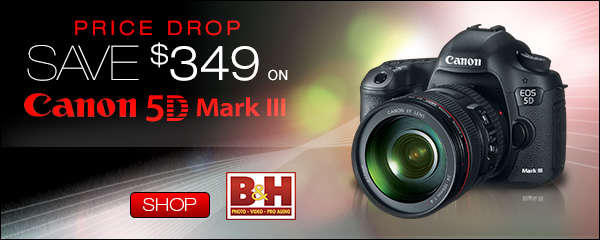



Support the Blog


Amazon
Everyone buys something from Amazon, be it a big lens or deodorant. Support the blog by starting your search by starting your search by clicking on the logo-link below. No purchase is too small to be appreciated; they all add up. Why make it a habit? Because I make it a habit of bringing you new images and information on an almost daily basis.
And from the BAA On-line Store:
LensCoats. I have a LensCoat on each of my big lenses to protect them from nicks and thus increase their re-sales value. All my big lens LensCoat stuff is in Hardwood Snow pattern.
LegCoat Tripod Leg Covers. I have four tripods active and each has a Hardwood Snow LegCoat on it to help prevent further damage to my tender shoulders 🙂 And you will love them in mega-cold weather….
Gitzo GT3532 LS CF Tripod. This one replaces the GT3530LS Tripod and will last you a lifetime. Learn more about this great tripod here.
Mongoose M3.6 Tripod Head. Right now this is the best tripod head around for use with lenses that weigh less than 9 pounds. For heavier lenses, check out the Wimberley V2 head.
Double Bubble Level. You will find one in my camera’s hot shoe whenever I am not using flash.
The Lens Align Mark II. I use the Lens Align Mark II pretty much religiously to micro-adjust all of my gear an average of once a month and always before a major trip. Enjoy our free comprehensive tutorial here.
BreezeBrowser. I do not see how any digital photographer can exist without this program.
Delkin Flash Cards. I use and depend on Delkin compact Flash Cards and card readers most every day. Learn more about their great 700X and 1000X cards here or about my favorite Delkin card here.

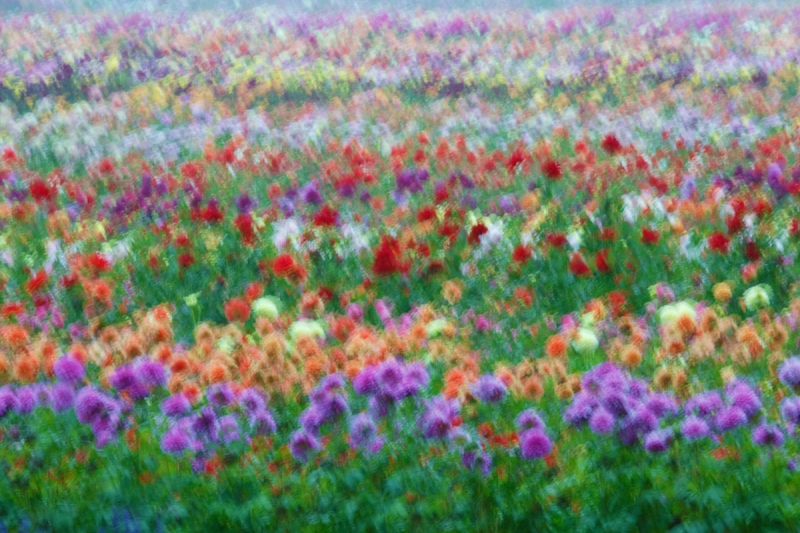
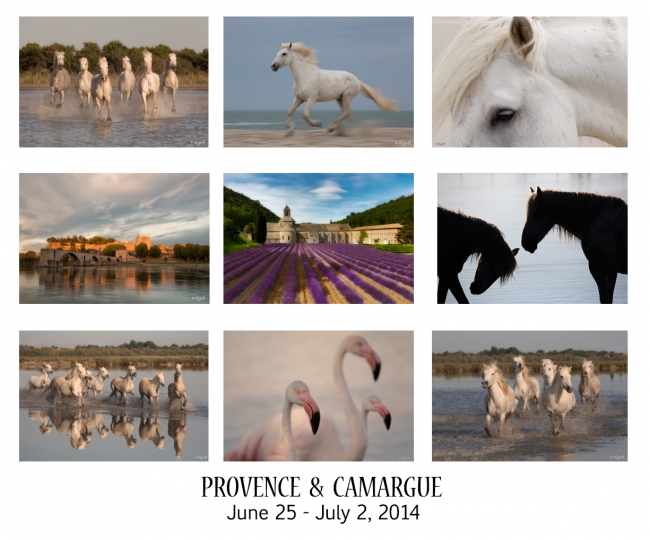
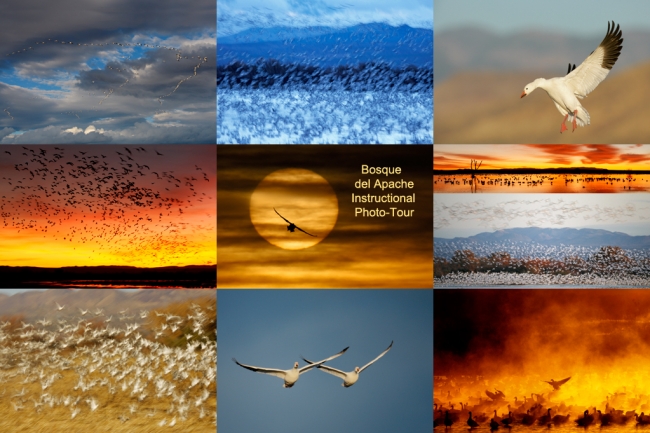
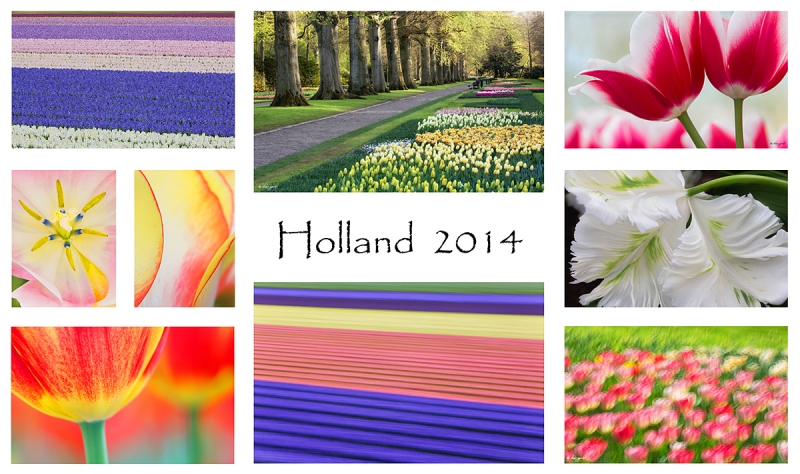
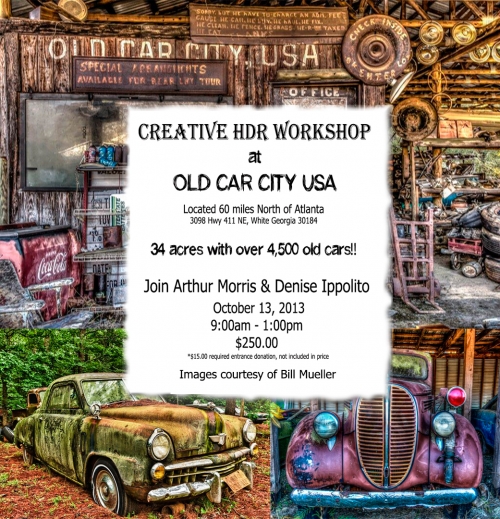













It reminds me of a beautiful piece of multi coloured tapistry
Many thanks Ted. I love it too. I made a big print for my cleaning lady who retired today to move up to Delaware. She loved it too. artie
I’m not sure what you mean by “Family Jewels images”, but this photo is probably my favorite Arthur Morris blur image that I have seen so far. It would look beautiful on a wall!
Hi Carol,
Family Jewels images are my all-time favorites, the best of the best 🙂 artie
Well I agree – it is definitely a Family Jewel. Great gift for your cleaning lady!
Hi Artie,
thanks, as always very helpful.
APB II has been and still is the best book on bird photography ever written. There are other good books, too but yours is my favorite. Great additions are Alan Murphy’s ebooks and everything by Chris Gomersall.
Will you be updating ABP II in the future to cover the latest cameras and lenses like the 200-400? Consider one sold 🙂
Markus
“Most Nikon digital camera bodies will–on average–need 1/3 stop less light across the board and often 2/3 of a stop or more less light in Situation #3”
Definitely yes, in my experience even -1 and -(1 1/3). BTW, maybe I just learnt more through the years (well, I hope so) and in the past I didn’t see blatant exposure errors (that with newer software are better forgivable in post-processing), but as far as I can recall starting from the D7000/D5000 I see myself dialling more negative EV compensation than with the previous models.
Nikon bodies have always needed less light with white in the frame with the sun out. And they have never needed quite as much + compensation (than Canon bodies) with soft light/overall light scenes. In the latter situation they need more plus than most Nikon users realize 🙂
It looks even better! I love it!
Thanks Lady D. With all of your hard work and inspiration you easily won photo-tour leader of the year!